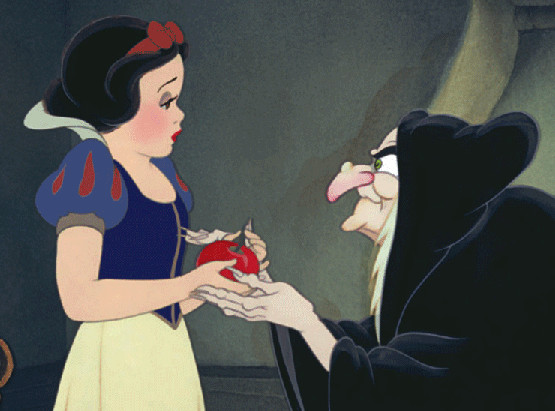
by John P. Pratt
2 May 2019, 13 Temple (SR), 1 Lord (UV), 0 Quickening (UMa)
©2019 by John P. Pratt. All rights Reserved.
When searching for truth, blind spots can be overcome by using both eyes to get different perspectives!
 |
In my research as a scientist, many rules have been collected to help avoid making mistakes or believing in false theories. This list works in science, in dating, and in deciding whether to believe someone's story:
Useful Rules When Searching for Truth
- Never want something to be true. It either is true or it is not. All "wanting" will do is to cloud one's objectivity. In particular, don't want your own theory to be true. Be its worst enemy and attempt to disprove it! That is actually the heart of the scientific method. No amount of experiments can prove a theory true, but just one can prove it false!
- Avoid snap judgments before all of the data is collected.
- Determine ahead what will constitute an observation which will disprove your theory.
- No cherry-picking, which means looking only at observations which support your theory. Many scientists have discarded legitimate observations which would have disproved their theory, claiming they must have been due to mechanical errors because they didn't match the others. It is true that some data needs to be discarded, but be sure to do it without bias!
- Never be sure what the outcome of an experiment will be.
- Never think the outcome of an experiment will be like a similar one performed previously. Look objectively at each outcome as if it were the first experiment. Later, the results of various experiments can be combined.
- Have an impartial colleague scrutinize your results for overlooked problems.
While there are many techniques to avoid deception, this article suggests one method which is easy to remember. We all have blind spots in our vision. We often become so sure of ourselves that we don't want to look objectively at what we are doing or to ask whether or not it makes sense.
 |
Here's the idea. Consider a balanced approach: Look for the good with your right eye and for the evil with your left eye!
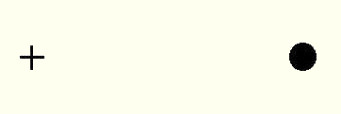 |
The good news is shown in Figure 2. With both eyes open, there is no blind spot because each eye fills in the blind spot of the other.
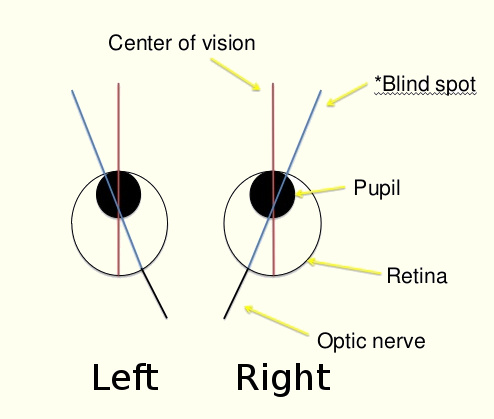 |
Consider the example above of being defrauded out of money, which was a true account of how my friend's father got bilked out of his entire life savings against all of his son's protests. On the positive side, the salesman was very charismatic and probably totally believed in the investment scheme himself. So the salesman was trustworthy and honest. Unfortunately, that was all that my friend's dad saw.
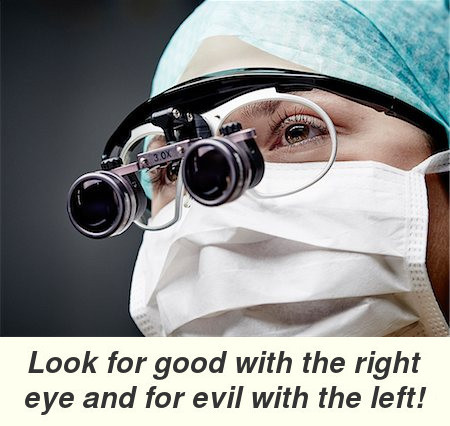 |
It is important to make a distinction between authenticity and fraud. I have written articles supporting both the Book of Enoch and Book of Jasher as being authentic, meaning they really were originally written by authors claimed, as opposed to frauds (called pseudepigrapha, "false writings") which were not. That does not mean the books are perfect. In most cases the books contain interpolations of men, mistakes even by the original author, and poor translations. But they are not frauds. The analogy I've used is not to throw away a loaf of good bread because it has some grit in it. It is important to note, however, that even in authentic books, an evil scribe might insert some poisoned doctrine in hopes of ruining the entire loaf.
Frauds are entirely different. They were fabricated entirely with the intent to deceive. There can be many purposes, such as to get rich or to spread falsehoods. Whatever the reason, they must be scrutinized much more closely. They are not examples of bread merely containing some grit.
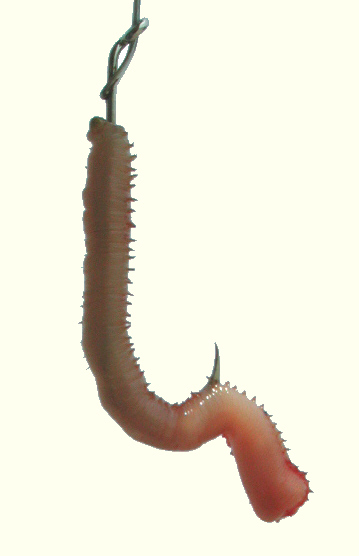 |
Note also that there need be no adversary. Maybe the food you are about to eat at the restaurant is tainted with sickness. Don't base eating it on how good the food has been in the past. We have a light within us to inspect things using our inner eyes. Using both eyes to look at both the upside and downside of any proposition can be used in most aspects of everyday life! Look for both the good and the evil!
Flattery is a commonly used tool to get the intended target to accept a lie in preparation for agreeing to an outlandish or illegal request. Jesus Christ tolerated no flattery. When called "Good Master", He immediately rejected the title (Matt. 16:16-17). When receiving a compliment or an insult, consider looking at it with both eyes to determine whether or not it contains truth.
Hopefully remembering to apply this dual vision method, especially when you feel that some proposition or theory is either all good or all bad, will help give a more balanced appraisal. You still have to make your own decision about what to do, but at least it will have been made in the light of having avoided blind spots. May we all continue on our own paths to discover truth!